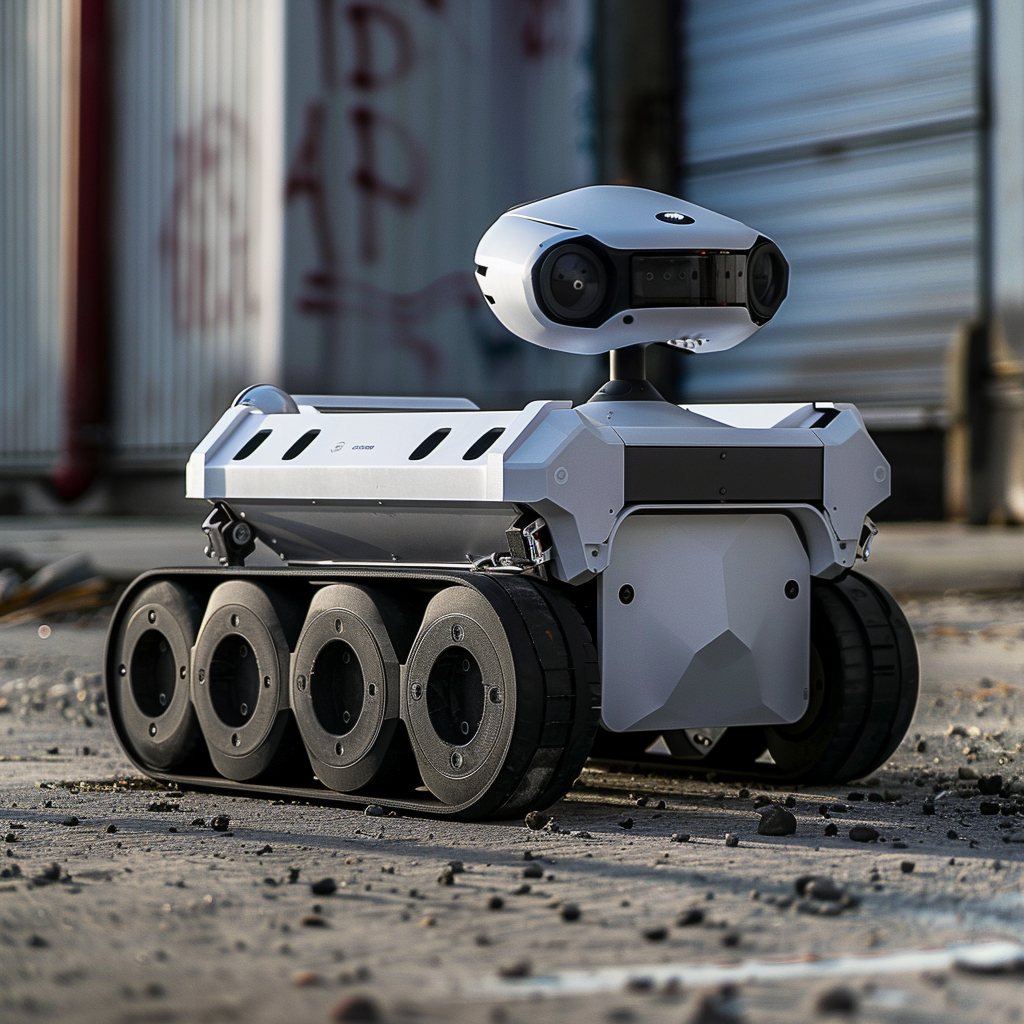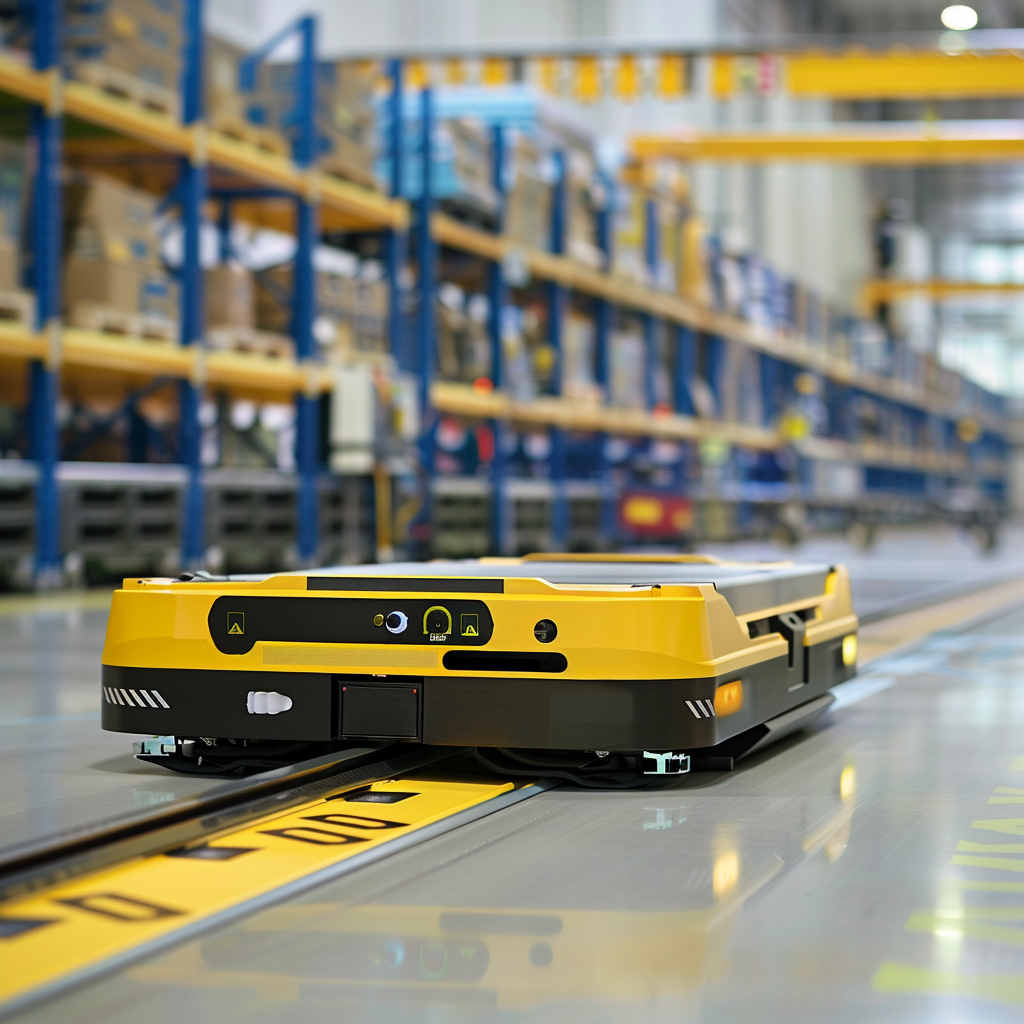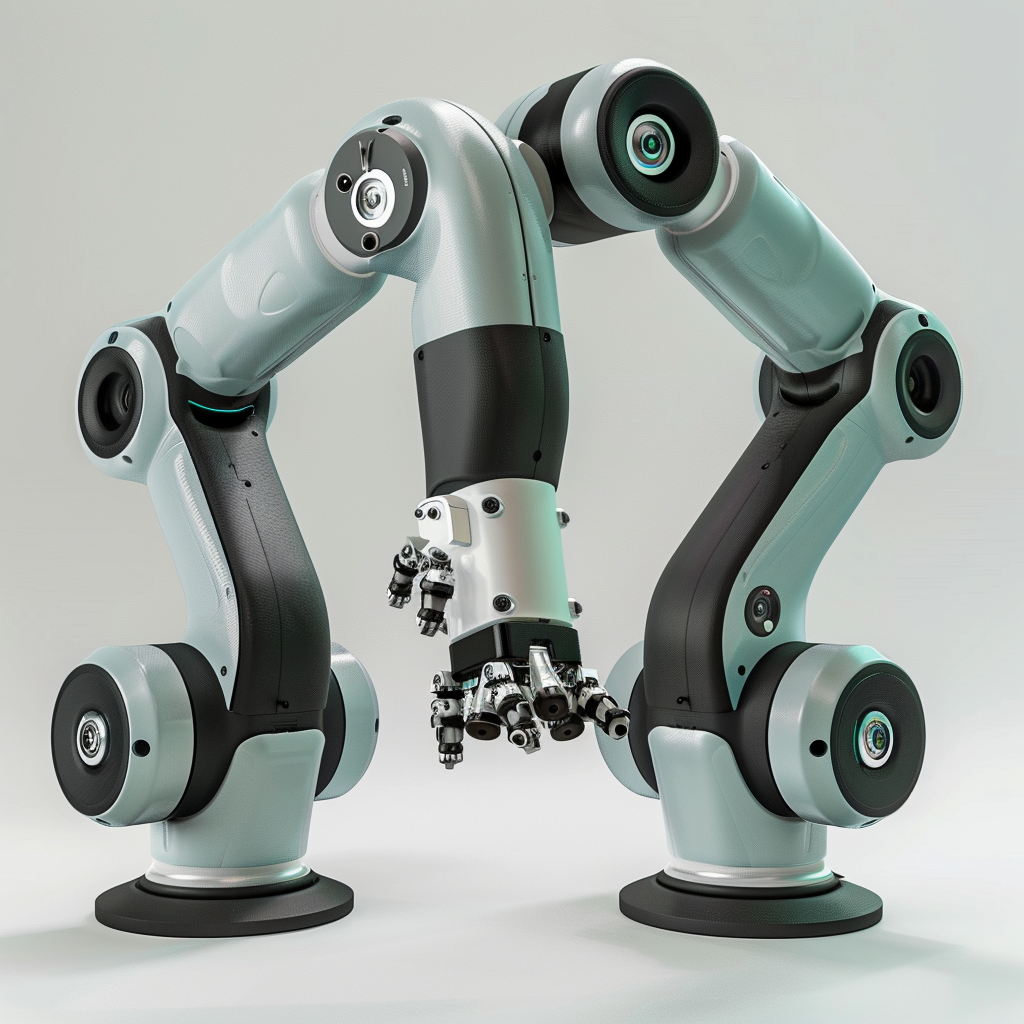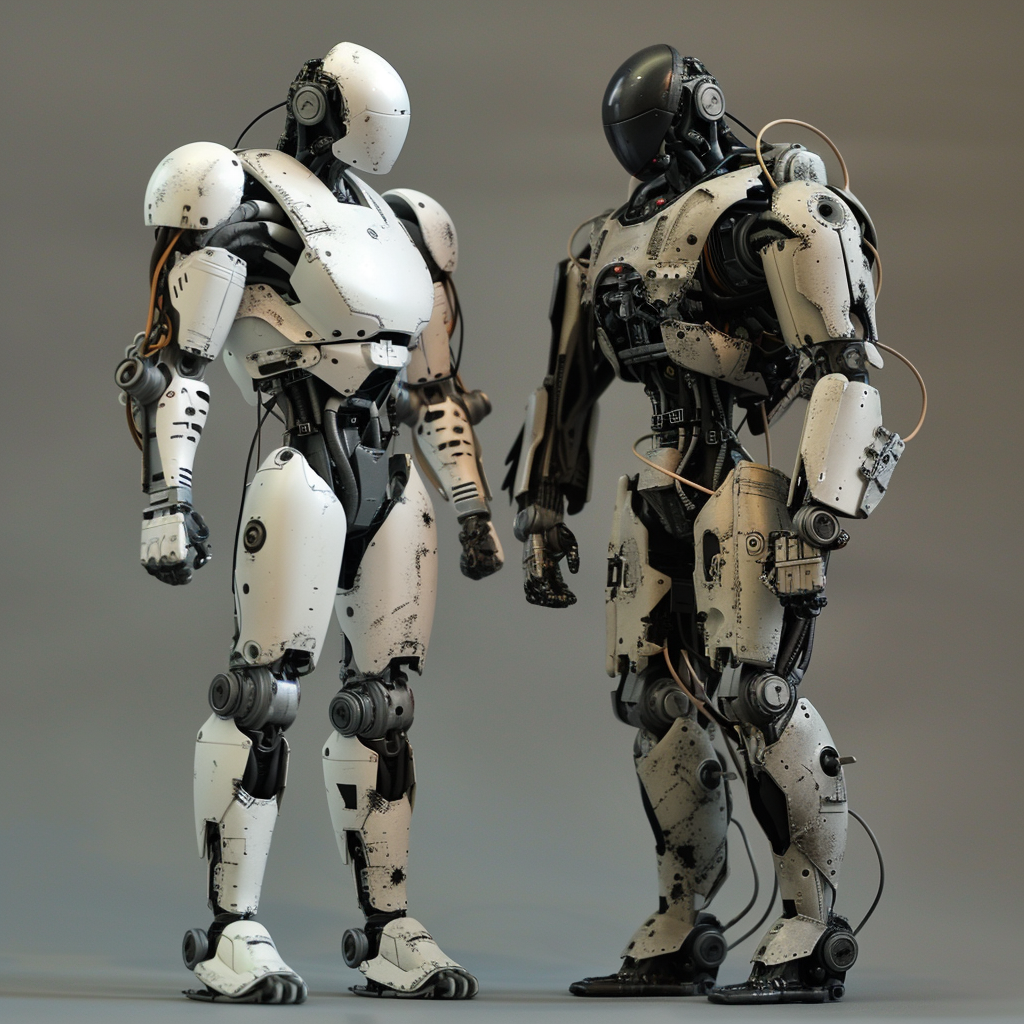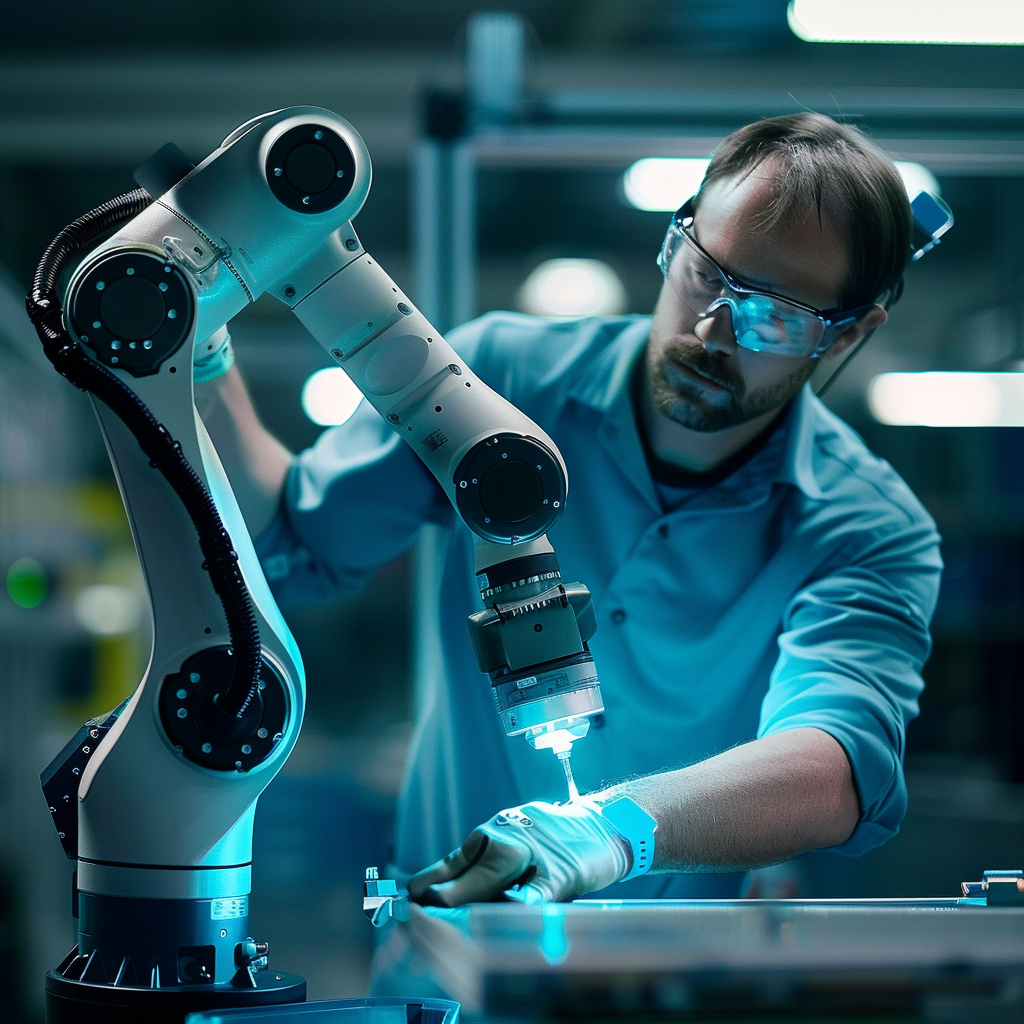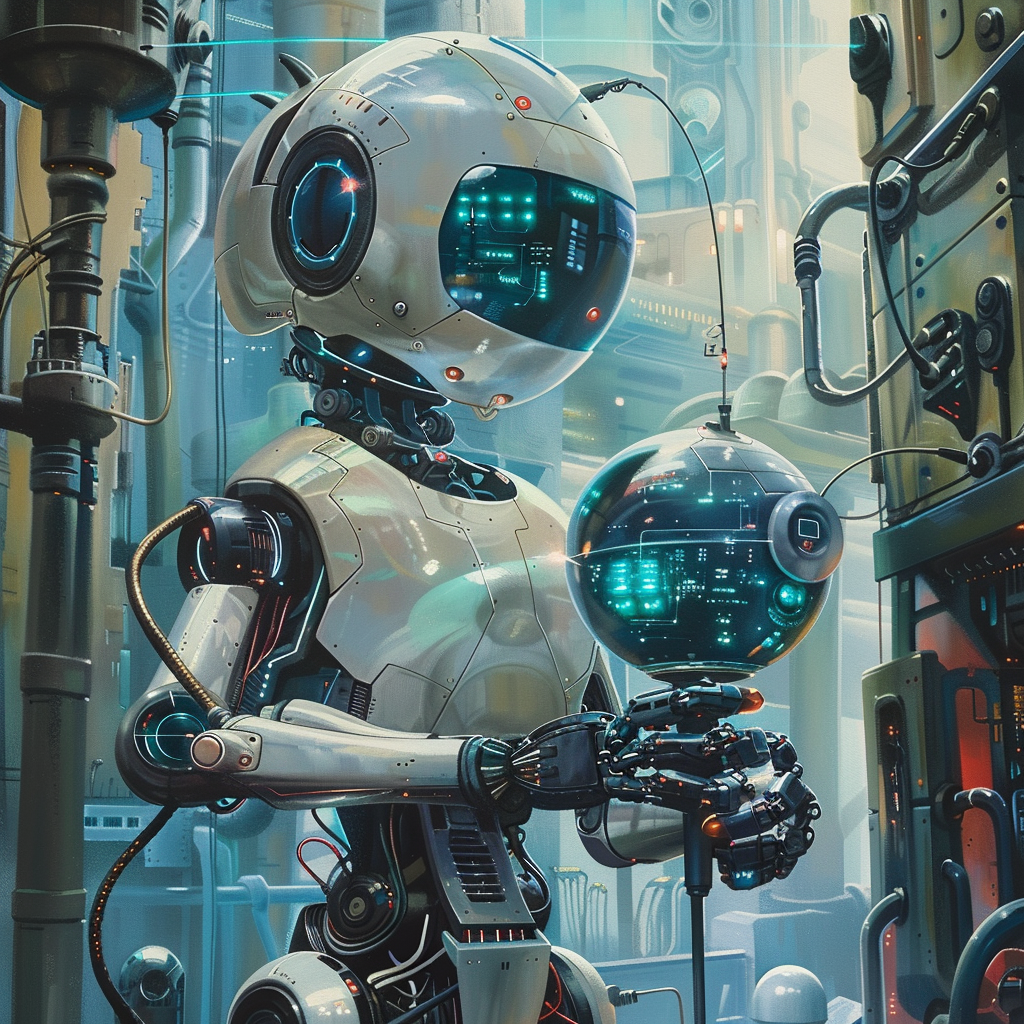
ROBOTICS
A QUICK OVERVIEW
What is Robotics?
Robotics is a multidisciplinary branch of engineering and science that includes mechanical engineering, electrical engineering, computer science and others. It involves the design, construction, operation, and use of robots, as well as computer systems for their control, sensory feedback, and information processing. The goal of robotics is to create machines that can assist and replicate human actions.
Advancements in robotics are crucial for civilization as they can significantly improve productivity, safety, and efficiency in various sectors. Robots can perform tasks that are dangerous, repetitive, or tedious for humans, increasing safety and freeing up human workers for more complex tasks. Advancements in robotics will open up new avenues of exploration and discovery, such as space exploration or deep-sea research, that are beyond human reach due to harsh conditions.
AMRs - Autonomous Mobile Robots
AMRs move throughout the world and make decisions in near real-time as they go. Technologies such as sensors and cameras help them ingest information about their surroundings. Onboard processing equipment helps them analyze it and make an informed decision—whether that’s moving to avoid an oncoming worker, picking precisely the right parcel, or selecting an appropriate surface to disinfect. They’re mobile solutions that require limited human input to do their job.
AGVs - Automated Guided Vehicles
While AMRs traverse environments freely, AGVs rely on tracks or predefined paths and often require operator oversight. These are commonly used to deliver materials and move items in controlled environments such as warehouses and factory floors.
Articulated Robots
Articulated robots (also known as robotic arms) are meant to emulate the functions of a human arm. Typically, these can feature anywhere from two to 10 rotary joints. Each additional joint or axis allows for a greater degree of motion—making these ideal for arc welding, material handling, machine tending, and packaging.
Humanoid Robots
While many mobile humanoid robots may technically fall under the domain of an AMR, the term is used to identify robots that perform human-centric functions and often take human-like forms. They use many of the same technology components as AMRs to sense, plan, and act as they carry out tasks such as providing directions or offering concierge services.
Collaborative Robots
A collaborative robot, often referred to as a "cobot", is designed to work alongside humans in a shared workspace. Unlike many other types of robots, which operate independently or in isolated environments, cobots interact directly with human workers. They are often used to automate manual, dangerous, or strenuous tasks in day-to-day operations. Some cobots operate by responding to and learning from human movements, and they can assist in increasing the efficiency and safety of work processes.
Hybrid Robots
A hybrid robot is a combination of various types of robots to create a solution capable of performing more complex tasks. For example, an Autonomous Mobile Robot (AMR) might be combined with a robotic arm to handle packages inside a warehouse. As more functionality is combined into a single solution, compute capabilities are also consolidated.
JOIN US TO KEEP UP ON THE LATEST INFORMATION INVOLVING ROBOTICS INNOVATION
FREE TO JOIN, COSTLY TO IGNORE

